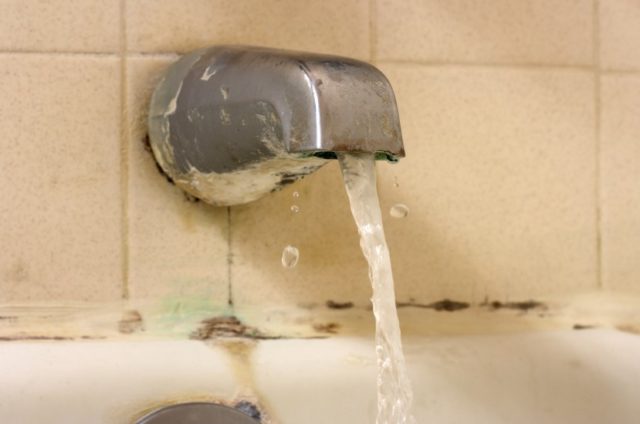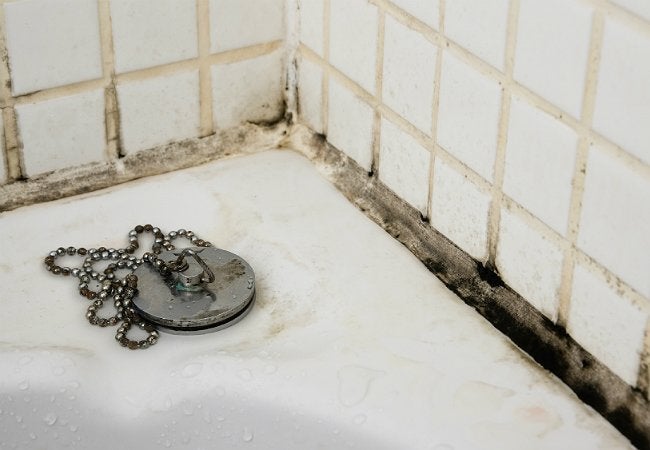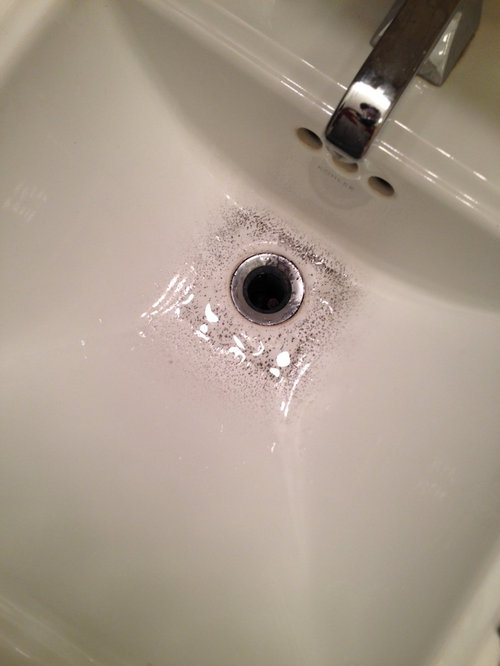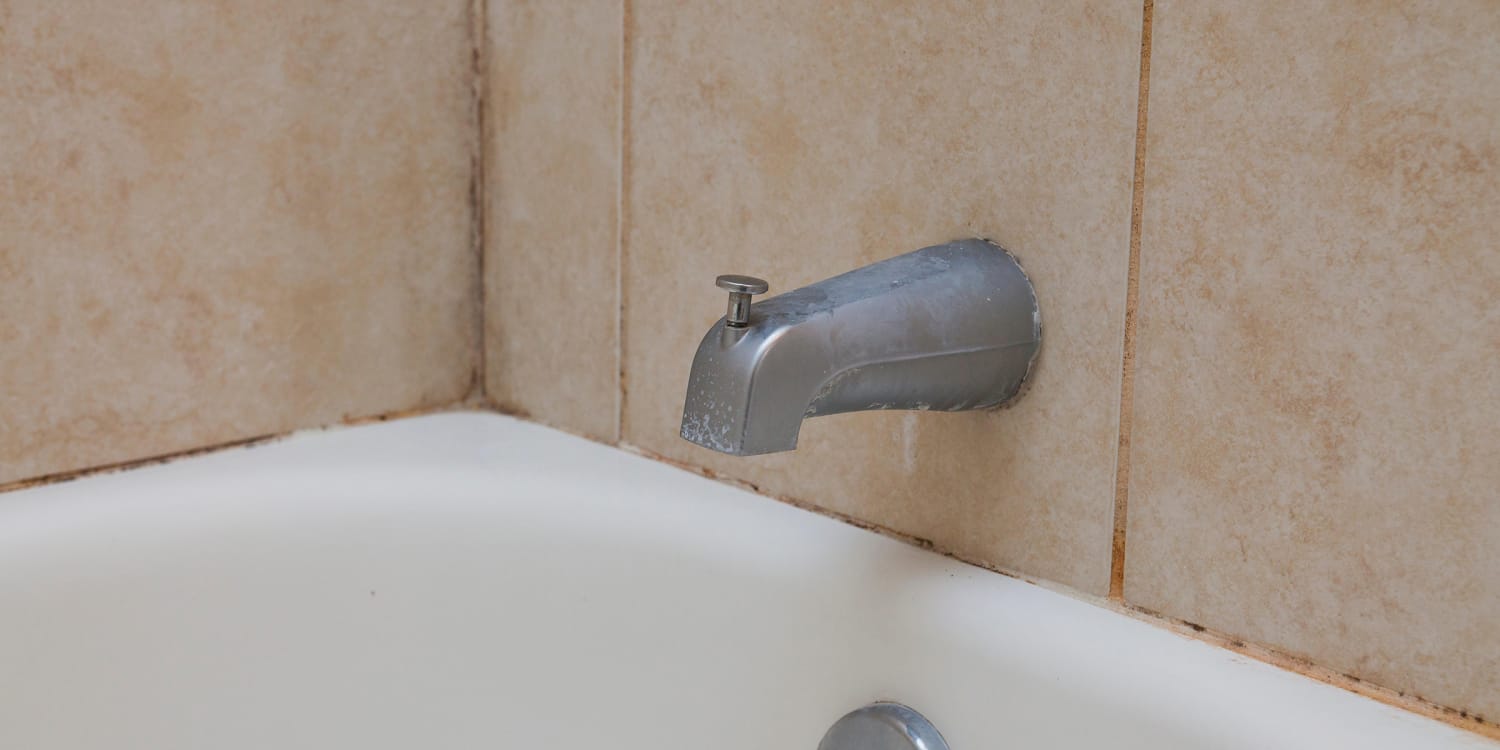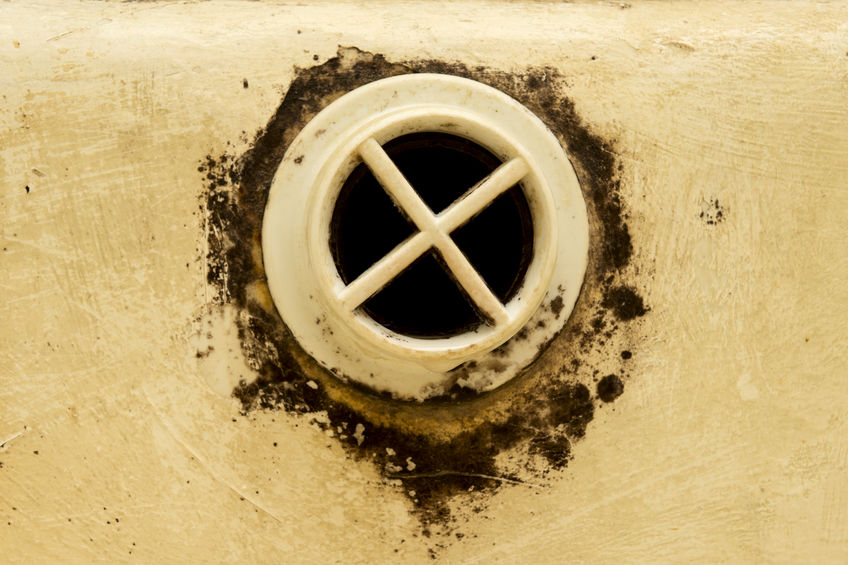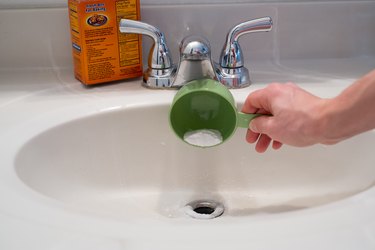Black Mold: What Is It and Why Does It Appear in Bathroom Sinks?
Black mold, a common household issue, can often be found lurking in bathroom sinks. Understanding the nature of black mold and why it gravitates toward bathroom environments is crucial for effectively addressing and preventing its growth.
- What is Black Mold? Black mold, scientifically known as Stachybotrys chartarum, is a type of fungus characterized by its dark green or black appearance. It thrives in environments with high moisture levels and organic materials, making bathroom sinks an ideal breeding ground. While commonly referred to as black mold, it can also manifest in other colors such as green or gray.
- Why Does Black Mold Appear in Bathroom Sinks? Bathroom sinks provide the perfect conditions for black mold growth due to the constant exposure to moisture. Daily activities like washing hands and brushing teeth create an environment conducive to mold growth, especially when coupled with organic matter such as soap scum and hair. Additionally, poor ventilation in bathrooms can exacerbate the issue by trapping moisture and preventing it from drying out.
- Common Causes of Black Mold in Bathroom Sinks. Several factors contribute to the development of black mold in bathroom sinks. Leaking pipes, inadequate ventilation, and improper cleaning habits are among the most common culprits. Even minor leaks or drips can create moist environments ideal for mold growth, particularly in areas that are not regularly cleaned or dried thoroughly.
- Health Risks Associated with Black Mold Exposure. Exposure to black mold can pose significant health risks, especially for individuals with respiratory issues or weakened immune systems. Inhaling mold spores can trigger allergic reactions, respiratory problems, and in severe cases, toxic mold syndrome. Prolonged exposure may lead to chronic health issues, underscoring the importance of addressing mold growth promptly and effectively.

The Risks of Black Mold in Your Bathroom
The presence of black mold in your bathroom poses significant risks beyond mere aesthetic concerns. From health hazards to structural damage, black mold can have far-reaching consequences that demand attention and action.
Health Concerns Associated with Black Mold Exposure: Exposure to black mold can have detrimental effects on your health, particularly if you have pre-existing respiratory conditions or allergies. Inhaling mold spores can trigger allergic reactions, asthma attacks, and respiratory infections. Prolonged exposure may even lead to more severe health issues such as toxic mold syndrome, characterized by symptoms like headaches, fatigue, and neurological problems.
Structural Damage Caused by Black Mold: In addition to health concerns, black mold can wreak havoc on the structural integrity of your home. Mold growth can weaken materials such as wood, drywall, and insulation, leading to rot, decay, and eventual structural damage. This can result in costly repairs and renovations to restore the affected areas and prevent further deterioration of your home’s structure.
Identifying Signs of Black Mold in Your Bathroom: Early detection of black mold is crucial for mitigating its health risks and preventing structural damage. Common signs of mold growth in bathroom sinks include musty odors, discoloration on surfaces, and visible mold growth in the form of black or dark green patches. If you notice any of these signs, it’s essential to address the issue promptly to prevent it from spreading and causing further harm.
Mitigating Health Risks and Structural Damage: To minimize the risks associated with black mold in your bathroom, it’s essential to take proactive measures. This includes addressing underlying moisture issues, improving ventilation, and practicing proper cleaning and maintenance habits. Additionally, seeking professional mold remediation services may be necessary for severe mold infestations to ensure thorough removal and prevention of recurrence.
Tips for Keeping Your Bathroom Sink Mold-Free
Preventing the growth of black mold in your bathroom sink is far easier and less costly than dealing with remediation after it has taken hold. By implementing proactive measures and adopting good maintenance practices, you can keep your bathroom sink mold-free and maintain a healthy environment in your home.
Keep Your Bathroom Well-Ventilated: Proper ventilation is essential for preventing moisture buildup, which is a primary factor in mold growth. Ensure that your bathroom is adequately ventilated by using exhaust fans during and after showers and baths. If your bathroom lacks a ventilation fan, consider installing one to improve air circulation and reduce humidity levels.
Fix Leaks Promptly: Even minor leaks in your bathroom sink can create damp conditions in which mold thrives. Inspect your sink and plumbing regularly for any signs of leaks, such as dripping faucets or water stains. Addressing leaks promptly can help prevent moisture buildup and minimize the risk of mold growth.
Keep Your Sink Clean and Dry: Regular cleaning and drying of your bathroom sink can help prevent mold growth by removing organic matter and reducing moisture levels. After each use, wipe down the sink and surrounding areas with a clean, dry cloth to remove any excess water and soap scum. Pay particular attention to areas prone to moisture buildup, such as around the faucet and drain.
Use Mold-Resistant Materials: When renovating or remodeling your bathroom, consider using mold-resistant materials for surfaces such as countertops, tiles, and grout. These materials are designed to inhibit mold growth and can help prevent the spread of mold in your bathroom sink and other areas of your home.
Monitor Humidity Levels: Keep an eye on the humidity levels in your bathroom and take steps to reduce excess moisture when necessary. Use a hygrometer to measure humidity levels and consider using a dehumidifier to maintain optimal humidity levels below 50%. This can help prevent mold growth and create a healthier environment in your bathroom.
Regular Maintenance Checks: Make it a habit to conduct regular maintenance checks of your bathroom sink and plumbing to identify and address any issues before they escalate. Inspect caulking and seals for signs of deterioration, clean drain traps, and pipes regularly, and address any areas of moisture buildup promptly.
How to Safely Remove Black Mold from Your Bathroom Sink
If you’ve discovered black mold in your bathroom sink, prompt action is necessary to prevent its spread and mitigate potential health risks. While some cases may require professional intervention, minor mold infestations can often be remediated safely and effectively using DIY methods.
Gather Your Supplies: Before starting the remediation process, gather the necessary supplies, including protective gear such as gloves, goggles, and a mask to protect yourself from mold spores. You’ll also need cleaning solutions such as bleach, vinegar, or hydrogen peroxide, as well as scrub brushes, sponges, and cloths for cleaning.
Ventilate the Area: Ensure adequate ventilation in the bathroom by opening windows and using exhaust fans to prevent the spread of mold spores. This will help reduce your mold exposure and improve air circulation during the remediation process.
Remove Excess Moisture: Before cleaning the mold, dry the affected area thoroughly to remove any excess moisture. Use towels or a wet/dry vacuum to soak up standing water and ensure that the area is completely dry before proceeding with remediation.
Clean the Moldy Surface: Apply a cleaning solution to the moldy surface and scrub gently with a brush or sponge to remove the mold. For non-porous surfaces, such as tiles and sinks, you can use a solution of bleach and water or vinegar to kill the mold spores. For porous surfaces, such as grout or caulk, hydrogen peroxide may be more effective.
Rinse and Dry: After cleaning the moldy surface, rinse thoroughly with water to remove any residue from the cleaning solution. Dry the area completely with towels or a fan to prevent moisture buildup and discourage mold regrowth.
Dispose of Contaminated Materials: Dispose of any materials or cleaning supplies that came into contact with mold spores safely. Seal them in plastic bags and discard them in a well-ventilated area outside of the home to prevent further contamination.
When to Call the Professionals?
While DIY remediation methods can be effective for minor mold infestations, there are certain situations where professional intervention is necessary. Knowing when to call in the experts can help prevent further damage and ensure the thorough removal of mold from your bathroom sink and surrounding areas.
Extensive Mold Growth: If you discover widespread mold growth covering a large area of your bathroom sink or surrounding surfaces, it’s best to enlist the help of professional mold remediation experts. Attempting to tackle extensive mold infestations on your own can be challenging and may not fully address the problem.
Persistent Mold Odors: Persistent musty odors emanating from your bathroom sink area may indicate hidden mold growth behind walls, under flooring, or within the plumbing. Professional mold remediation technicians have the tools and expertise to locate and address hidden mold sources effectively.
Underlying Water Damage: If your bathroom sink has sustained water damage from leaks or flooding, there may be hidden mold growth within the walls or beneath the sink. Professional mold remediation is essential to address both the water damage and any associated mold growth to prevent further structural damage and health risks.
Health Concerns: If you or members of your household are experiencing health issues such as respiratory problems, allergies, or persistent symptoms of mold exposure, it’s crucial to seek professional mold remediation services. Mold can pose significant health risks, especially for vulnerable individuals, and prompt removal is essential for maintaining a healthy living environment.
Previous Failed Remediation Attempts: If you’ve attempted DIY mold remediation in the past and the mold has returned or persisted despite your efforts, it’s time to call in the professionals. Professional mold remediation technicians have the experience and resources to identify underlying issues and implement effective remediation strategies to prevent recurrence.
Help! Is this black mold!?
Getting Rid Of Black Mold Under Sink Fast-Easy Method
Black mold that was under the sink rim – Picture of LivINN Hotel
What to know about bathroom mold and when you should worry
Mold in bathroom sink drain? Should I recaulk it? : r/homeowners
Black Mold In Bathroom Sink
How to Clean Black Sludge in Bathroom Sink Drains Hunker
How to Kill Mold in a Sink Drain and Keep It Clean Hunker
Tips to Prevent Mold Growth in Common Plumbing Areas Around Your Home
Related Posts:
- Moen Bathroom Sink Faucets Repair Instructions
- Clear Glass Vessel Bathroom Sink
- DIY Clean Bathroom Sink Drain
- Bathroom Sink Countertop Storage
- Modern Bathroom Sink Cabinets
- Boiling Water Bathroom Sink
- Little Bathroom Sinks
- Glacier Bathroom Sinks
- How To Choose A Bathroom Sink Faucet
- Anti Scald Device For Bathroom Sink
